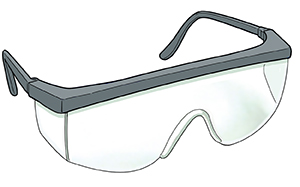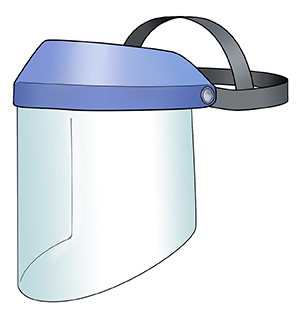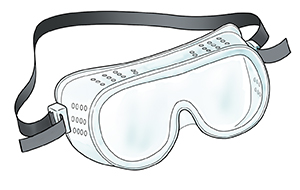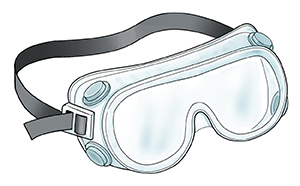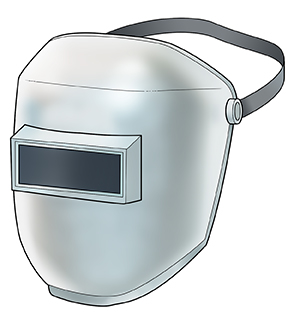Job safety may call for different protection and procedures than described here. Follow your employer's safety instructions and procedures.
Fit of protective eyewear
To work as it should, your protective eyewear must fit well and be worn correctly. Many glasses have parts that can be adjusted for comfort.
Safety glasses with side shields protect the sides of your eyes. They must be used when there are flying-object hazards. They protect you from flying particles coming from in front of you or from the side.
Face shields used with other eye protection protect your whole face. They guard you from splashes, heat, glare, and flying particles. They don't give you enough eye protection by themselves. They must be worn over other protective eyewear, such as safety glasses or goggles.
Goggles with regular (direct) ventilation fit snugly around your eyes. They should be worn in dusty places or when a hazard could strike you from one of many angles. They protect you from dust, sparks, and flying particles coming from many angles. Goggles can be worn over prescription glasses and contact lenses.
Goggles with hooded (indirect) ventilation have openings to block dust and chemical splashes. They protect you from chemical splashes, dust, sparks, and flying particles. They may be used in lab work, for work with molten materials, or for other eye splash hazards.
Welding helmets fit over safety glasses or goggles. They may have clear or tinted lenses. Ask your supervisor which lens is right for your job. Welding helmets protect you from intense light from welding, sparks, and splashes of molten metal, or if you are working with lasers.
